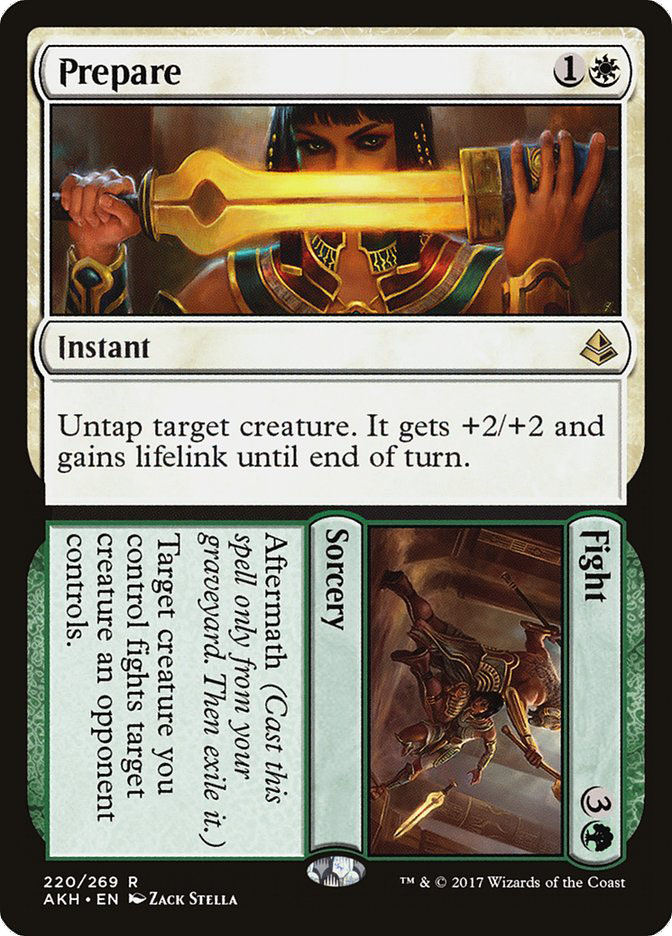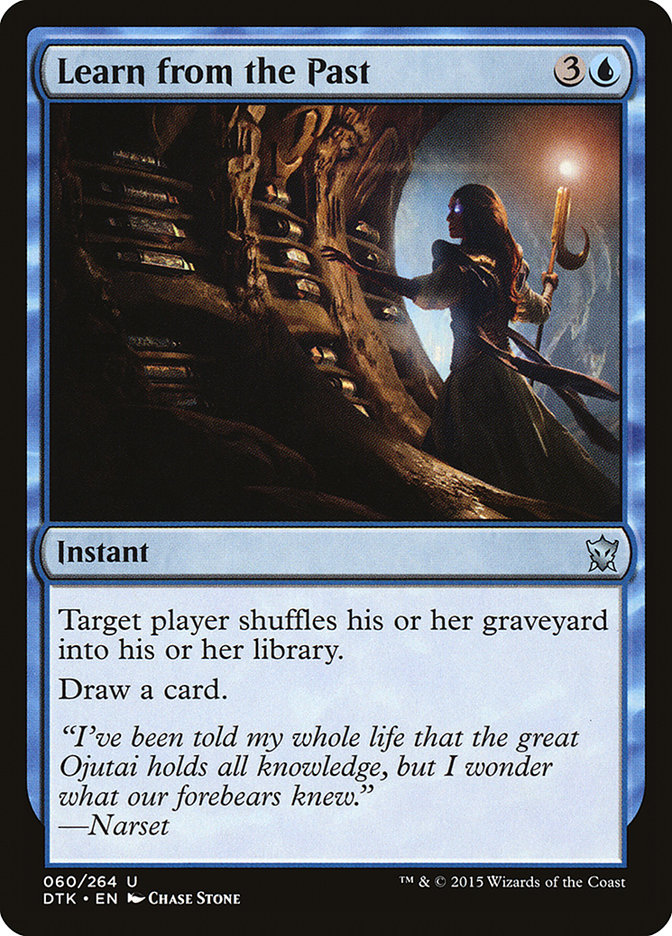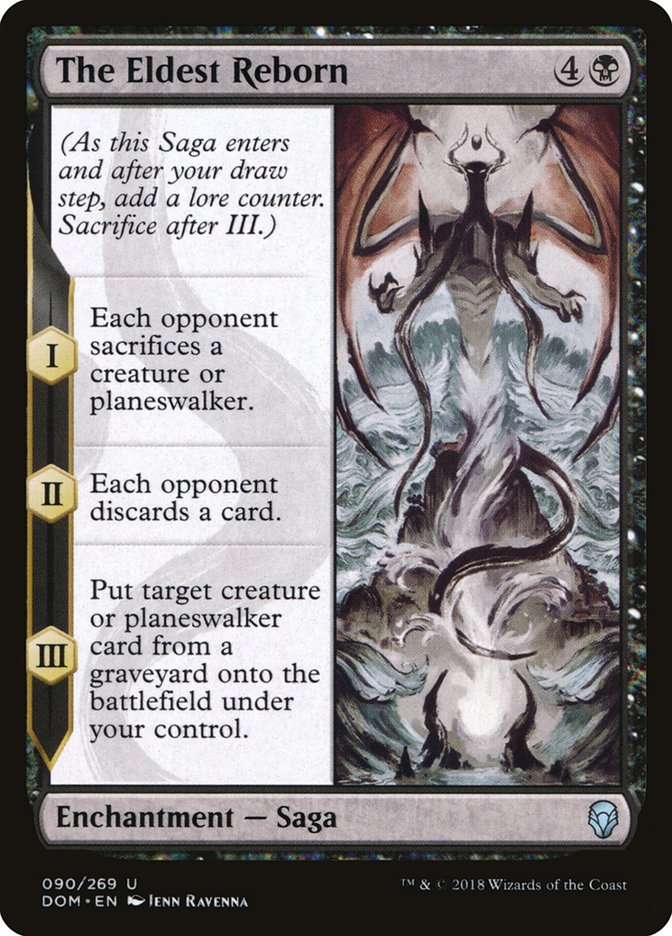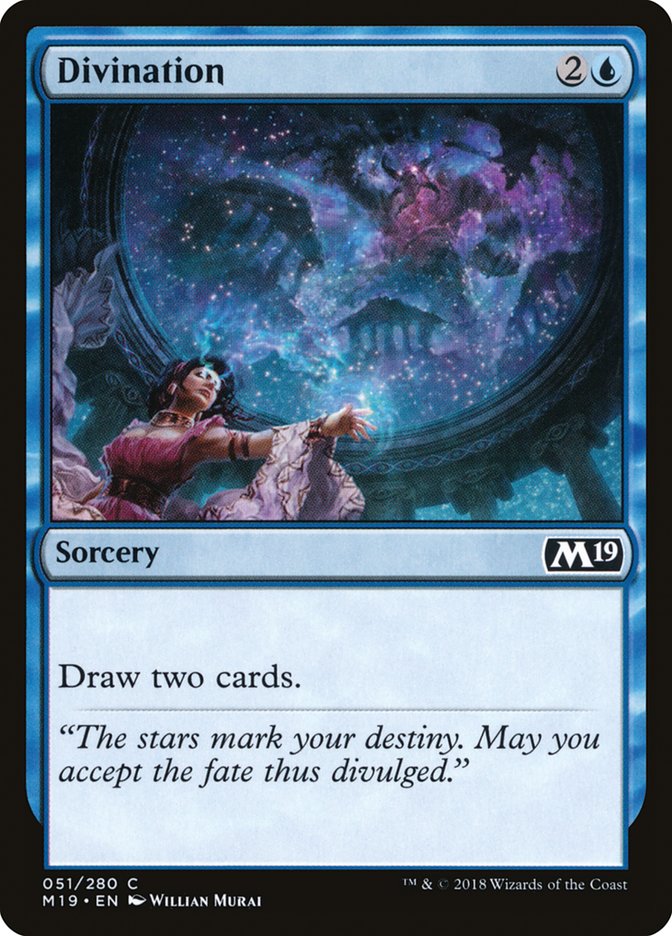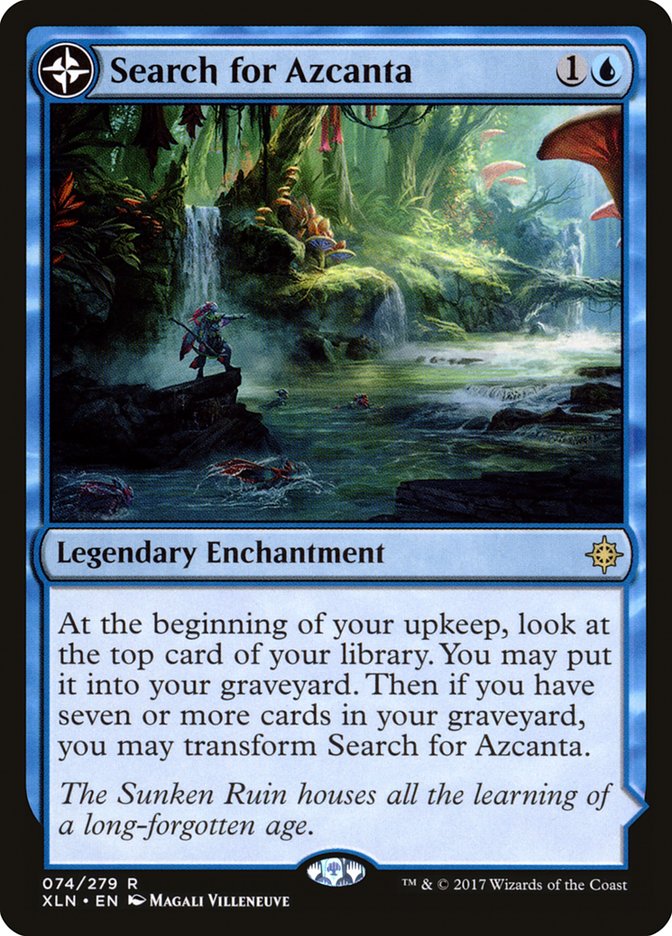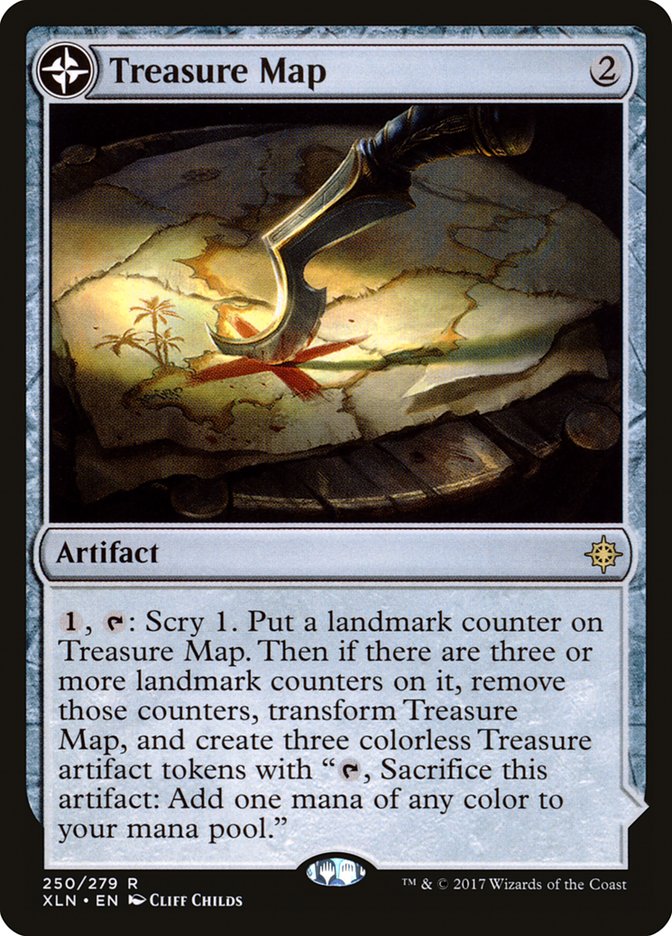Last weekend was a fairly strong start for our professional team. With Gabriel Nassif claiming second place in Lille with Mono-Blue Aggro and Eli Kassis hoisting the trophy with Jeskai Control in New Jersey, the new Standard met its match. Although both of these decks are vastly different, the team preparation for the upcoming Pro Tour in Atlanta paid off big-time.
I was unable to attend, unfortunately, but two other teammates posted a ninth- and a 32nd-place finish as well. I have had the privilege of working with some great teams in the past; however, none could match the hunger that this group has for greatness. Countless competitive Leagues on Magic Online, testing matches against fellow teammates, and constant feedback led to a tuned Jeskai Control list that Kassis wielded to dismantle the competition. The team didn’t give a great amount of feedback to the final list Nassif dominated with, but the testing that the team provided proved to be very valuable.
Preparing for the Pro Tour has been an evolving process for me over the years. My first Pro Tour took place about thirteen years ago and how I trained for it was much different from how I prepared for this upcoming one in Atlanta. Although I had more free time in my younger years than I do now, the matches I played against my buddies didn’t provide meaningful growth in my game. Magic Online did exist, but the testing against other players wasn’t as intense as it is today.
The movement away from queues and into Leagues provided people with other life obligations a way to have meaningful practice. This explains the dip in my personal performance in the mid-2000s, when life got busy and Magic Online testing was too time-consuming.
Pride
I know there are a lot of other factors that impact performance, but this is the most impactful for me. Being reflective on one’s performance in competitive Magic is one of the most important steps in growth. In order to become a better player, or become better at anything in life, one must first understand what their role in the failure that occurred was. There will always be variables that can’t be controlled, but that affects all players universally. What separates the best players from the rest are the corrections that they made in their game when others continue to attribute losses to everyone but themselves.
Kassis easily won a GP with Jeskai Control that we’ve both been testing regularly. Edgar Magalhaes, my other teammate, finished ninth in the same event. Even though I was unable to attend the event, I’ve been getting obliterated online with the same 75. In my last four Leagues I finished with fewer than three wins in each.
The old me would direct the blame of those finishes to having too many, or not enough lands in each of my matches that didn’t go well. I have never been the competitor that blamed my opponent and their luck for my loss, but I was the one to always fall back to my own deck not providing me the appropriate resources to win. In our first meeting debrief after the event, I came out with my personal results and immediately claimed play error as the reason for my shortcomings.
It isn’t easy to declare this with my platform here, but it is the truth and isn’t something that a player should be ashamed of.
Our discussion that followed contained hard questions that helped me identify where it was going wrong. My use of Azor’s Gateway in the early-game was one of the culprits, not focusing on the flip when it was the right line of play. I was prone to looting away additional lands during my flooding instead of setting myself up for drawing a perfectly timed Explosion in the last turn against Golgari. For me, it was hard to work toward that goal against decks that weren’t the mirror, and that was causing some losses.
There were some cards in Jeskai Control that I was hardwired into using in specific ways. I’ve always been one to defend Teferi, Hero of Dominaria with everything I have, waiting for the appropriate time to play with counter backup or have a battlefield where it would survive a threat deployed the next turn. This was the way I would win with Esper Control now, as well as Azorius or Esper Control during the Kaladesh Standard.
Being conditioned to play a specific way with certain cards can negatively impact your game as the format or trends change. Teferi, Hero of Dominaria is expendable in Jeskai Control and Kassis explained that at our meeting. He told the team that having his planeswalker leader slain in battle was perfectly fine as a way to gain five or more life.
This deck is not your typical control deck that needs to protect its win conditions with a flurry of support spells behind them. Jeskai Control derives its victories from buying more time than its Kaladesh control predecessors and burns out the opponent with constant X-spells. This dynamic was tough for me to wrap my head around, because I did the same thing when Sphinx’s Revelation was in Standard. Although I felt comfortable drawing a ton of cards in my natural habitat, I still made sure I had mana open for Aetherling and cast it relatively early. Jeskai Control wants to loot, flip Azor’s Gateway, buy time, and unleash a few copies of Explosion on its path to victory.
The last few questions I dropped to my experienced counterparts were sideboard-related. I asked about the importance of a few cards, which matchups they were supposed to be brought in against, and which cards are relatively ineffective in the maindeck.
This is where my strongest bias lies. I’ve always made my own sideboard, even when I’d borrow a deck for a major tournament. There are cards that play specific roles for me that are must-includes, certain cards that some players cut completely where I keep one in, and some cards people have in the sideboard that I’ve tested and rejected as weak.
The sideboard is your personal toolbox to correct matchup weaknesses and it shouldn’t be uniform for everyone. This is a big reason why I am hesitant to provide sideboard guides, because each player (and match) is unique.
If everyone played the same 75 and sideboarded the same, then my logic would be flawed. I had to get into the head of my teammates to understand why they use certain cards, as well as question their cards’ effectiveness. It is rare for a sideboard, or maindeck for that matter, to remain the same after a competitive tournament. This conversation should be had between all players on the same strategy in order to put together the best possible weapon for war.
At the end of the day, I determined that it was my play that led to the poor results. I’ve only had one League to test out my new sideboard and strategies, but I did finish with a respectable 4-1 record. I have been consistently doing well with the Esper Control list that I posted in my last article, but that is because the deck fit my sole indoctrinated playstyle. Tapping out each turn with hand disruption, card draw, removal, and eventually Teferi, Hero of Dominaria is exactly where I want to be in this format. I’ve been able to defeat the top-tier decks with Esper Control, but each win has been down to the wire.
I believe that Jeskai Control has a higher ceiling and power level than my pet shard, so I will still be fine tuning my ability to pilot it. The important takeaway is to constantly self-reflect. One can be told by their peers that their play was incorrect, but it is much more powerful to have the ability to evaluate one’s own play. There is value in peer critique, although peers are not always correct. Questioning their line of play is another tier of understanding that complements self-reflection.
Planeswalkers (4)
Lands (27)
Spells (29)

Maindeck Changes
In my most recent competitive League I’ve made some changes to the deck. These changes came from discussion with the team, as well as personal additions to help fill the gaps that were not created by my prior gameplay.
Divination is a bad Magic card and cannot be in the deck. This was universally agreed upon in our testing group, so bench that sucker with confidence. It is a tricky task to find the correct card advantage tools because they are all fairly mediocre. We were spoiled with Glimmer of Genius and my initial Guilds of Ravnica set breakdown was very critical of Chemister’s Insight. It doesn’t do what has to be done by Turn 4, which is guarantee land drops after. Bricking on land number five after a Glimmer of Genius was tough to do, but it easily can happen with Chemister’s Insight. The card quality off Azor’s Gateway helped ease the pain of land drops, as well as the cards I added in Divination’s place.
Search for Azcanta and Treasure Map act as additional Azor’s Gateways for hitting land drops and provide late-game card advantage. Although cards aren’t drawn immediately, both have huge upside and play additional roles. The ceiling for Divination is low, but these cards have huge payoffs if kept around.
The swap of an Island for a Memorial to Genius has been my favorite change. The deck’s manabase only punishes your life total and doesn’t hit you with lands entering the battlefield tapped. Control decks have thrived over the last decade with lands that enter the battlefield tapped, so I wanted to test the addition of one blue source with Divination packed in. The deck wants to hit land drops, but there are some situations where fresh cards are required to combat some nasty threats out there. The power of Expansion // Explosion isn’t hindered by this change and the downside to one tapped land is negligible.
The last maindeck changes revolve around increasing the countermagic, which is due to the expected metagame. With the increased amount of mirror and midrange decks, Negate is a more powerful weapon than Disdainful Stroke is in the maindeck. The noncreature spells Game 1 are the real problem, making Negate an easy include in the starting lineup. The fourth Ionize was also a team-discussed change and it the new norm of Standard. Running four copies of a three-mana counterspell is where we have been for years and I don’t see that changing anytime soon. Banefire was also cut due to its redundancy. Explosion is powerful enough on its own and Banefire Game 1 is unnecessary in the mirror. The game is effectively won once you flip Azor’s Gateway, regardless of whether the spells to follow can be countered.
The sideboard is too volatile for me to post my changes at this point. I have changed a minimum of three cards between each of my competitive Leagues I’ve played with Jeskai Control. This last League gave me a sense on what cards I didn’t miss from Eli’s winning list, though. I was not impressed with The Immortal Sun, nor was he from the tournament. That, Revitalize, and the second Cleaning Nova are no longer in my list.
The other cards are great and I’ve added a few more cheap counterspells, but I definitely see myself changing it ten more times before next weekend. Sleeve it up, customize the sideboard, and let’s keep the control train moving!


